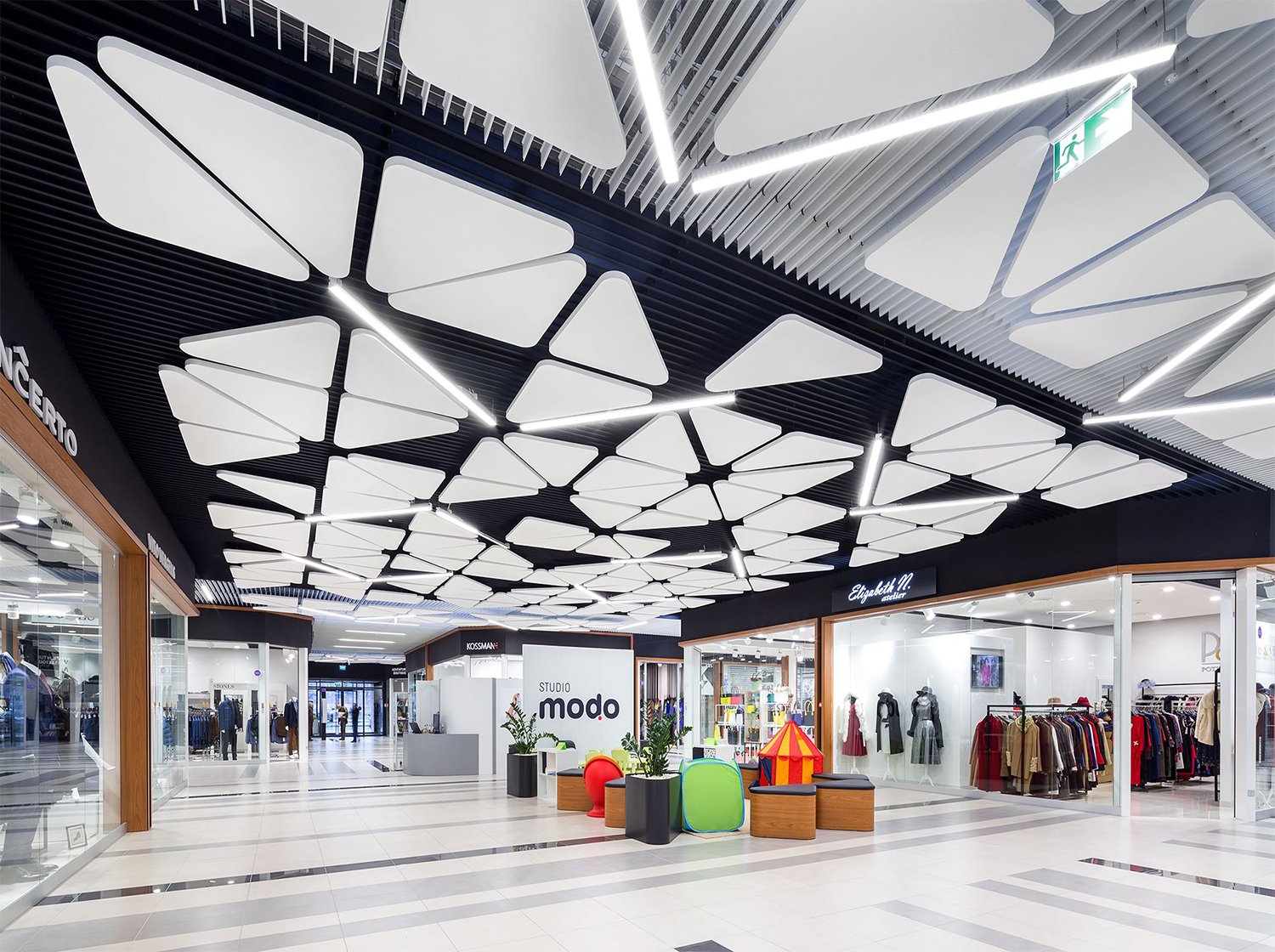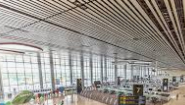Exploring Ceiling Design: Enhancing Spaces Above
Author:Jayminton Time:2024-06-28

The often-overlooked realm above our heads holds immense potential in shaping the atmosphere and functionality of any space. ceiling design, once merely functional, has evolved into a vital component of architectural and interior aesthetics. From residential homes to grand commercial structures, the ceiling serves as more than just a roof; it is a canvas for creativity and innovation.
Functionality Meets Aesthetics
Ceilings play a crucial role in defining the ambiance of a room. They contribute to lighting distribution, acoustics, and even temperature regulation. Modern design trends emphasize versatility, offering solutions that cater to both practical needs and aesthetic preferences.
1. Lighting Integration: Cleverly designed ceilings can integrate lighting solutions seamlessly. Recessed lighting, pendant fixtures, or even skylights can transform a room's ambiance, creating focal points or enhancing natural light.
2. Acoustic Performance: In spaces where sound quality matters, such as theaters or conference rooms, acoustic ceiling solutions are paramount. Materials like acoustic tiles or panels absorb sound, reducing echo and enhancing clarity.
3. Thermal Efficiency: Energy-efficient ceiling designs contribute to maintaining comfortable indoor temperatures. Insulated ceilings minimize heat transfer, reducing the need for excessive heating or cooling.
Design Trends and Innovations
1. Textures and Finishes: From sleek, minimalist finishes to intricate textures, ceilings are now opportunities for artistic expression. Materials such as wood, metal, or even eco-friendly options like bamboo add depth and character.
2. Statement Ceilings: Gone are the days of plain white surfaces. Statement ceilings featuring bold colors, patterns, or even murals are becoming popular. These designs can visually expand or cozier spaces, depending on the chosen aesthetic.
3. Sustainable Materials: With increasing environmental awareness, sustainable materials in ceiling design are gaining traction. Recycled materials, low-VOC paints, and energy-efficient lighting contribute to eco-friendly spaces.
Cultural and Regional Influences
Ceiling design often reflects cultural and regional aesthetics. Traditional architecture integrates local materials and techniques, showcasing unique patterns and craftsmanship. For example, vaulted ceilings in Mediterranean architecture or intricately carved wooden ceilings in Asian designs.
The Future of Ceiling Design
As technology advances and design trends evolve, the future of ceiling design promises further innovation. Smart ceilings equipped with sensors for lighting adjustment or air quality monitoring are already on the horizon. Additionally, modular and prefabricated CEILING SYSTEMS offer flexibility and ease of installation.
In conclusion, ceiling design goes beyond mere functionality to define the character and atmosphere of any space. Whether aiming for elegance, efficiency, or sustainability, today's designers have a vast array of options to create ceilings that enhance both form and function. By embracing creativity and embracing technological advancements, the ceiling becomes not just a structural necessity but a transformative element in architectural and interior design.

 S1 Clip-in Metal ceiling System
S1 Clip-in Metal ceiling System JMT-L4.2 U-Baffle System
JMT-L4.2 U-Baffle System JMT Aluminum Wall Cladding
JMT Aluminum Wall Cladding Aluminum Honeycomb Panel
Aluminum Honeycomb Panel Air-Condenser Cover
Air-Condenser Cover Metal Heat Cover
Metal Heat Cover Singapore Changi Airport T2 Arrival
Singapore Changi Airport T2 Arrival Australia Marvrl Stadium City Edge
Australia Marvrl Stadium City Edge Enterprise Information Announcement
Enterprise Information Announcement Construction Industry Solutions
Construction Industry Solutions About Jayminton
About Jayminton Contact US
Contact US